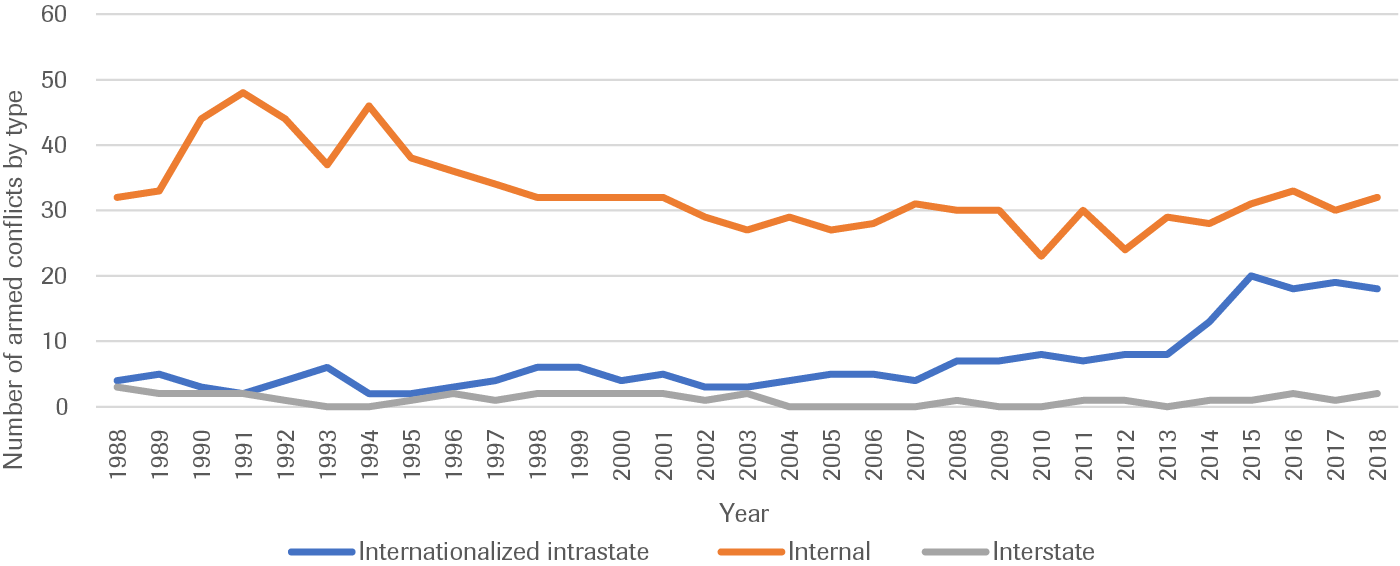
War also generates opportunities to loot, profiteer from shortages and from aid, trade arms, and carry out illicit production and trade in drugs, diamonds, timber, and other commodities. 9, 10 Young uneducated men, in particular, may gain employment as soldiers. Private motivation hypothesis-War confers benefits on individuals as well as costs which can motivate people to fight. Relatively privileged groups may also be motivated to fight to protect their privileges against attack from relatively deprived groups. These group differences have many dimensions-economic, political, and social (see table ). Resentments inspired by group differences, termed horizontal inequalities, are a major cause of war. Where political redress is not possible they may resort to war. 8 In this situation relatively deprived groups are likely to seek (or be persuaded by their leaders to seek) redress. Group differences only become worth fighting for, however, if there are other important differences between groups, particularly in the distribution and exercise of political and economic power. 4, 6, 7 Groups may be divided along cultural or religious lines, by geography, or by class. Group motivation hypothesis-Since intra-state wars mainly consist of fighting between groups, group motives, resentments, and ambitions provide motivation for war. 5 Other well known examples include the Nazis in Germany, the Hutus in Rwanda (fig (fig2), 2), and, today, the emphasis on Muslim consciousness by the Taliban and others.įour economic hypotheses have been put forward to explain intra-state wars, based on factors related to group motivation, private motivation, failure of the social contract, and environmental degradation. For example, in the conflict in Matebeland in post-independence Zimbabwe, Ndebele identity was used to advance political objectives. In wars political leaders may deliberately “rework historical memories” to engender or strengthen this identity in the competition for power and resources. 3 Their boundaries are generally fluid, and they have rightly been described as “fuzzy sets.” 4 2 Many of the ethnic identities in Africa that today seem to be so strong were “invented” by the colonial powers for administrative purposes and have only weak origins in precolonial Africa. This view is not correct, however, and diverts attention from important underlying economic and political factors.Īlthough a person's culture is partly inherited it is also constructed and chosen, and many people have multiple identities. For this reason, there is a tendency to attribute wars to “primordial” ethnic passions, which makes them seem intractable.


Many groups of people who fight together perceive themselves as belonging to a common culture (ethnic or religious), and part of the reason that they are fighting may be to maintain their cultural autonomy.


 0 kommentar(er)
0 kommentar(er)
